5 Key Sectors Can Boost Post-Pandemic Recovery in Southeast Asia
A study shows targeting support to tourism, agro-processing, garments, electronics, and digital trade can help ensure strong recovery from COVID-19.
A study shows targeting support to tourism, agro-processing, garments, electronics, and digital trade can help ensure strong recovery from COVID-19.
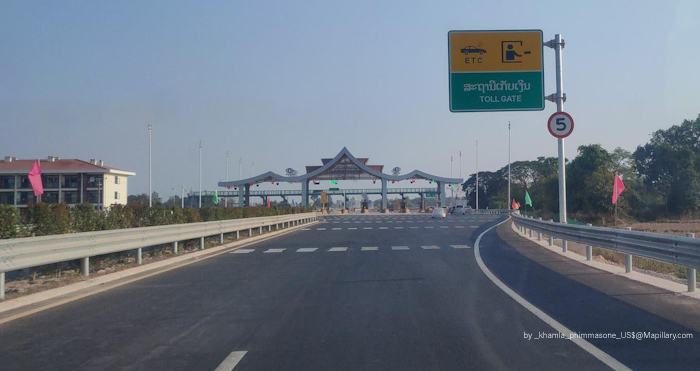
Vientiane toll station photo by _khamla_phimmasone_US$. This file comes from Mapillary.com, a service for sharing geotagged photos. All photos are under a CC BY-SA 4.0.
The planned Lao People’s Democratic Republic (PDR)-People’s Republic of China (PRC) expressway aims to improve the transport of goods and people, promote production, and boost commerce, investment, tourism and services, in line with the Government of Lao PDR's objectives. It spans 440 kilometers and comprises four sections in total. Section 1 running between Vientiane and Vangvieng, is already in use.
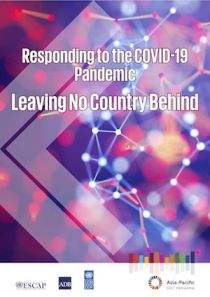
This report examines the implications of the coronavirus disease (COVID-19) pandemic for the Sustainable Development Goals, and opportunities for recovery.
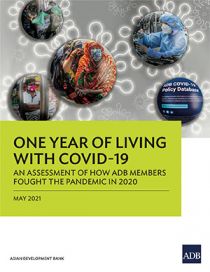
Using the ADB COVID-19 Policy Database, this report examines how ADB members have dealt with the pandemic. It includes information on the amounts of the packages announced by ADB members during 2020 to combat the effects of COVID-19.
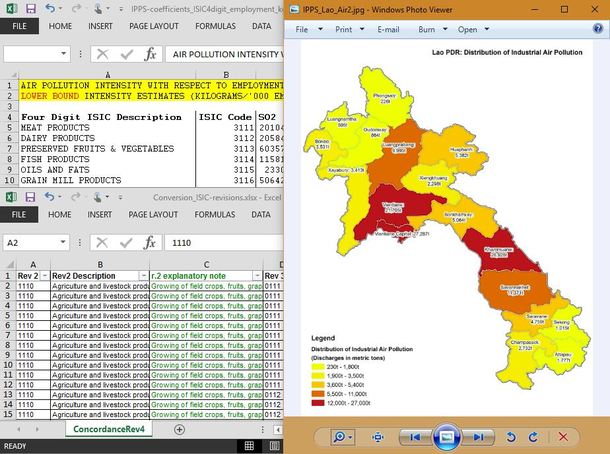
To enable national authorities to exercise efficient pollution control, assessment of the composition of the manufacturing sector of a country, and its geographic clustering, is a critical first step to identify hotspots of potential pollution to inform the development of national pollution control strategies, budgeting of monitoring and enforcement, and technology investments.
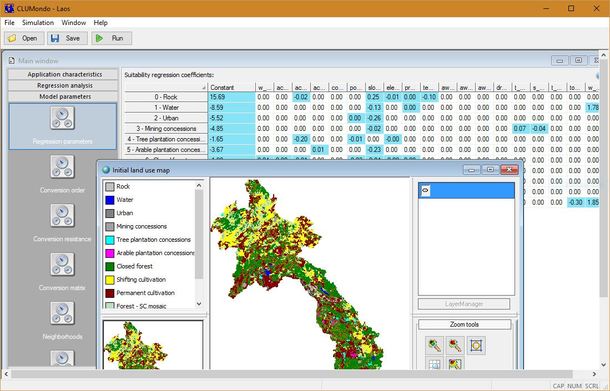
The CLUMondo model is one of the most frequently used land use change models globally, allowing the spatially-explicit preview of potential future land conversion in response to different land demand scenarios. At the same time, the use of the software requires a level of technical understanding that has limited its adoption in developing economies.
This study provides analysis and recommendations for the Greater Mekong Subregion (GMS) countries—Cambodia, the People’s Republic of China (PRC, specifically Yunnan Province and Guangxi Zhuang Autonomous Region), the Lao People’s Democratic Republic (Lao PDR), Myanmar, Thailand, and Viet Nam—to move forward and realize its development ambitions by taking advantage of the opportunities that regional cooperation offers to its members.
Thailand Prime Minister Gen. Prayut Chan-O-Cha congratulated newly-elected Lao PDR Prime Minister Phankham Viphavanh in a phone conversation on 8 April. The Lao PDR Prime Minister lauded the government of Thailand's efforts in combating the COVID-19 pandemic and thanked them for the support extended to Lao PDR. He also expressed gratitude for Thailand's support in Lao PDR's human resource development.
Lao PDR President Thongloun Sisoulith congratulated newly-elected Viet Nam President Nguyễn Xuân Phúc in a telephone conversation on 5 April. The two leaders reiterated their commitment to work closely and deepen their bilateral relations.
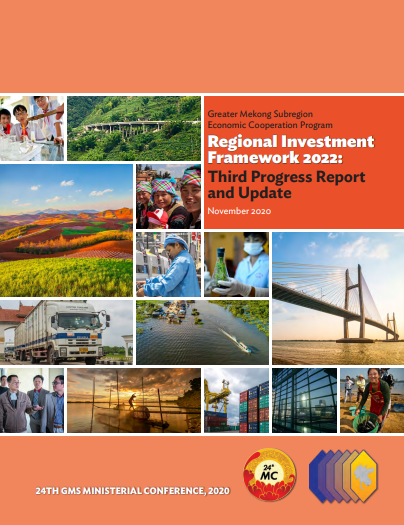
The Regional Investment Framework 2022 (RIF 2022) is the medium-term pipeline of priority projects in the Greater Mekong Subregion (GMS). It is a consolidation and expansion of the earlier Regional Investment Framework 2013–2022 and the Revised Regional Investment Framework Implementation Plan 2014–2020. It continues to operationalize the strategic thrusts and priorities of the GMS Program under the GMS Strategic Framework 2012–2022 and the Hanoi Action Plan 2018–2022, which reviewed and refined these strategies.